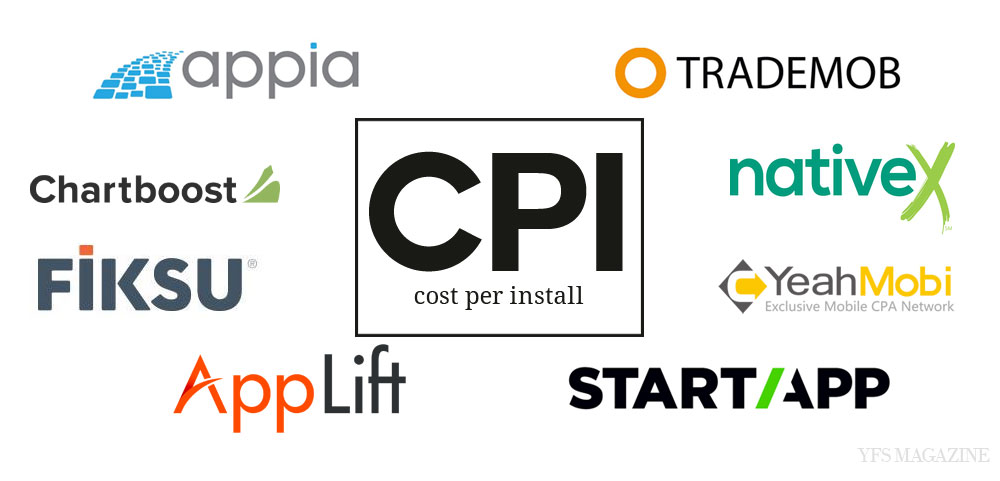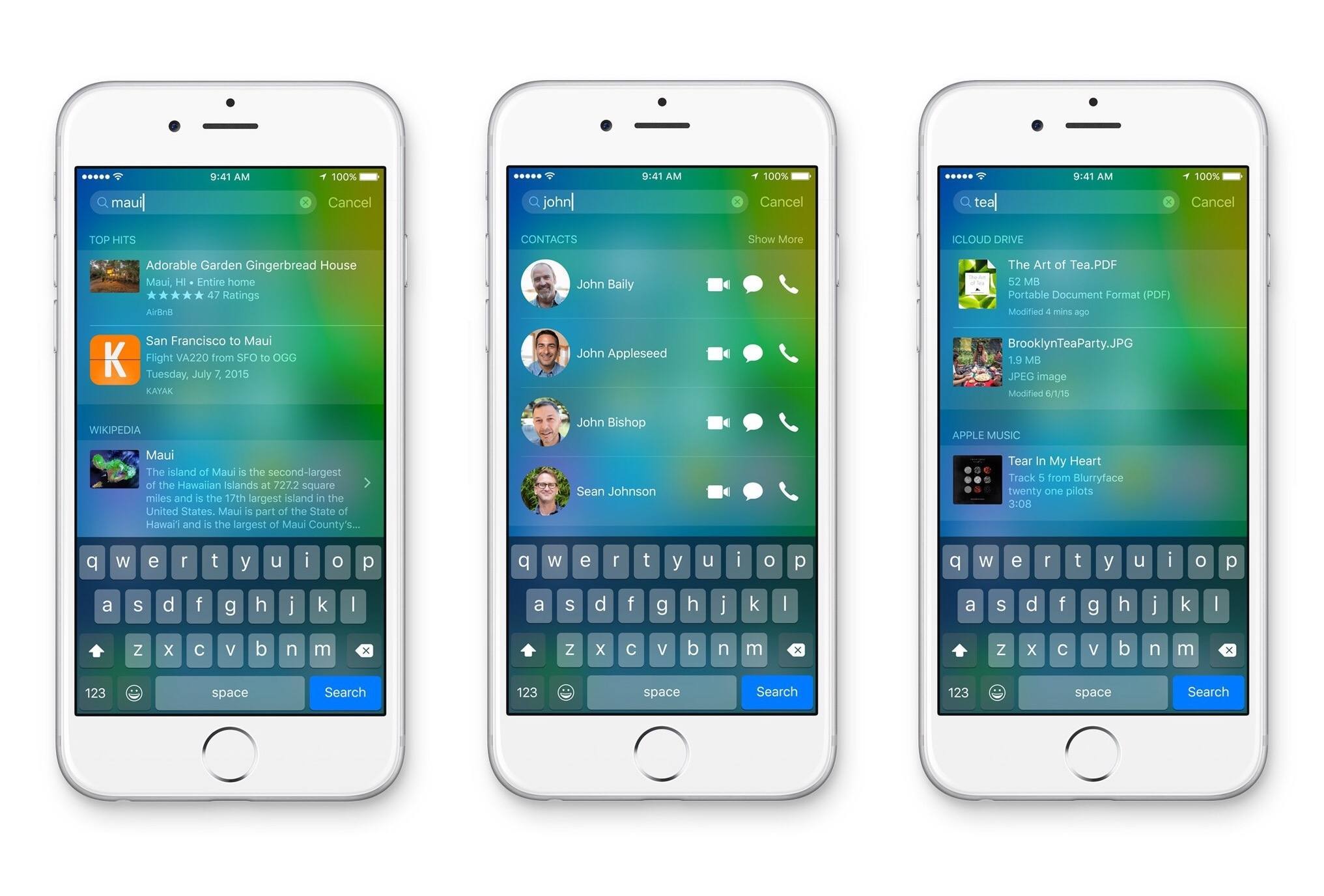A revolution in the mobile phone industry is unfolding. Major mobile phone platforms like iOS, Android, Windows, and Blackberry have created their own app stores to cater to mobile users.
These app stores host mobile apps and games, offering a one-stop-shop to download and update apps. Developers can register on these app stores and contribute their latest apps and games. It’s a convenient proposition for users since they no longer have to search for apps on different websites, as was the case some years ago.
However, app stores are not the only place to reach mobile users. If you have built a mobile app and published it in an app store, it does not necessarily mean users will come looking for it and subsequently download it. Instead, you’ll need to make your app ubiquitous so users can see it while browsing the Internet and using other apps, social media sites, search engines, etc.
For instance, if a frequent business traveler is searching online for a hotel in Las Vegas and finds your app that lists noteworthy hotels (with travel tips, incentives and reviews), it is likely that user will install it. Hence, your app must be discoverable when and where your audience is receptive.
Is Your Mobile App Discoverable?
A recent Google survey suggests that 1 in 4 apps are never used. It implies that users need to be re-engaged by offering exciting rewards, updates, and new features. It is important for apps to stay relevant and learn why people abandon an app after downloading them.
One way to get users back is to offer incentives, exclusive discounts or remind them of the app’s value on relevant occasions. For instance, a user searching for a wool hat may already have a shopping app installed that sells hats. When he searches online for the product, he can be reminded of the app.
Deep linking (i.e., “a deep link is any link that directs a user past the home page of a website or app to content inside of it. e.g. linking directly to a product instead of the home page.”) and other methods can easily redirect users to relevant sections within an app, too.
Enhance App Visibility and Recall
There are several ways to enhance the visibility of your app (a mere presence on app stores is not sufficient). At times, user reengagement is also necessary when they abandon an app.
The strategies and methods listed below will help you boost user acquisition and more.
1. Create a CPI campaign.
Cost per install (CPI) is a type of advertisement where ads are posted on different platforms and the ad network charges for every install. There are various ad networks that provide CPI services, but be careful — price and the level of control over ads is a major consideration when choosing an ad network. Work with ad networks that give you full control without interference from middlemen.
There are several mobile ad networks that provide quality services and advanced technology to enhance the visibility of your apps. Some of the more prominent mobile monetization and distribution platforms are Appnext, YeahMobi, NativeX, Chartboost and Fiksu.

The mobile ad network and marketing industry is still in its infancy. However, its efficacy has already been proven as has helped many app brands grow awareness.
2. Use app advertisements across platforms.
App stores are not the place to reach out to users. Your apps must be visible on all platforms that intended users visit on a frequent basis. These platforms might include social networking websites, search engines, other apps, online video channels, etc.
A mobile app marketing study by Google and Ipsos MediaCT reveals that “40% of smartphone users browse for apps in app stores,” yet “one in four app users discovers an app through search.” App-consumers also find apps while browsing mobile sites, watching YouTube videos or using social media websites.

The way people find apps should inform and streamline the approach marketers take to create marketing campaigns. Your new app must be visible in all places your users interact digitally, in order to maximize reach and potential downloads.
3. Leverage local app search for iOS.
Local app search is a new Apple feature that could help users look for particular inside the apps. The feature, available in iOS 9 was built through the conclusive user research that found most users use native apps and a few use Web apps.

In order to give users enhanced access to apps local app search functionality was conceived. This feature can also be seen as an extension to spotlight features on Apple devices that lets users launch apps and look for data on Bing and Wikipedia. Using local app search functionality, developers will have control over how their data is presented to users.
4. Reengage your target.
The above-mentioned Google/Ipsos, Mobile App Marketing survey also suggests “a third of app users stop using or uninstall apps because they lose interest. But incentives can be effective in renewing app usage.”
Reengagement is necessary because users have a plethora of options now and it takes no time to switch to other apps that tout better benefits. For an app to stay relevant and useful to users, it has to prove its value and utility.
App developers need to reinvent themselves consistently and offer exciting rewards, incentives and exclusive offers to keep user interest intact. For example, push notifications can be used with perks and privileges on occasion.
Also, mobile app engagement ads can remind users, while deeplinking can be very useful too (since it will take a customer directly to the section of the app that lists the product a user is looking for).
5. Customize ads to target a range of users.
Different types of ads target users in varied ways. Some mobile app ads appeal to how users consume information (e.g., social ads, mobile app install ads, video ads, online banner ads, paid search, etc.)
You can increase app visibility by testing various channels and doubling down on what works. In my personal experience, search (or PPC) ads should be given first priority and has proved to be the most effective.
6. Pay attention to app store optimization.
Mobile marketing is a multi-dimensional process which require you to target users through all the possible platforms. Optimization of mobile app stores is also an integral and essential part of mobile marketing.
To ensure your apps feature in search results, you will need to make sure that it is optimized with well-researched keywords. As the number of downloads for your app increases, the app store will begin to list it on featured and top apps lists. So, in addition to all sorts of mobile marketing tactics, app store optimization must be done.
With a plethora of apps available on the app stores, building awareness and increasing downloads has become quite challenging. This is why your app needs to stand out in terms of quality, usability, functionality and marketing.
Make sure your app is discoverable and reengage users often so your app is not ultimately abandoned.
This article has been edited and condensed.
Prashant Sengar is the founder and Director of AppsChopper and Sparx IT Solutions, a globally acknowledged IT consulting company providing the services in the arena of web & mobile app development, Big Data & Business Intelligence Solutions. With the immense support of adroit team Sparx IT Solutions has been serving a huge client base worldwide including Coca Cola, Vodafone, Duracell, HP Invent, BMW, and many more. Connect with @sparxitsol on Twitter.
© YFS Magazine. All Rights Reserved. Copying prohibited. All material is protected by U.S. and international copyright laws. Unauthorized reproduction or distribution of this material is prohibited. Sharing of this material under Attribution-NonCommercial-NoDerivatives 4.0 International terms, listed here, is permitted.













